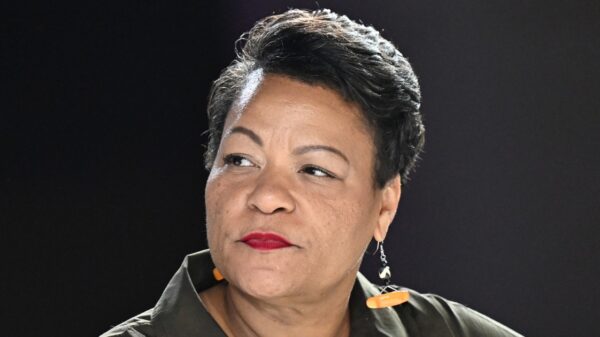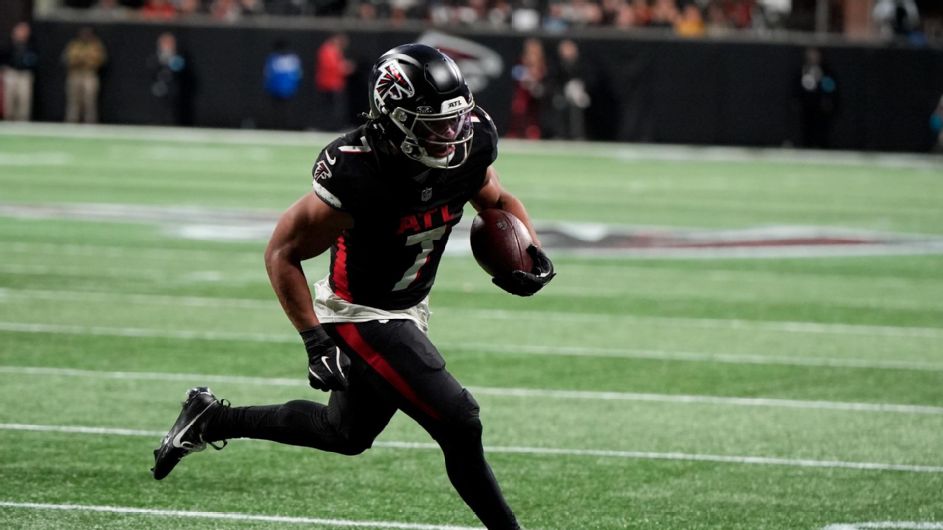Fantasy football enthusiasts are gearing up for the 2025 draft season, aiming to assemble the most competitive teams possible. With strategies evolving, players are now focusing not only on value but also on securing standout individuals who can elevate their squads. This analysis outlines key player selections for each round in a 12-team league, offering insights based on average draft positions (ADP) sourced from Draft Sharks’ Market Index Tool.
Draft Strategy Insights
The core principle when making draft selections is assessing whether a player is being picked at their ceiling. If the answer is affirmative, it may be wise to consider alternatives with higher potential. Early rounds, particularly the first and second, present a unique challenge as many players are at or near their peak performance. As such, a balanced approach to drafting the best available talent is crucial.
In the first round, if fortunate enough to secure a top-two pick, targeting standout running back Bijan Robinson is ideal. Robinson stands out as a tier above other options, particularly when considering the concerns surrounding competitors like Saquon Barkley and Christian McCaffrey. For those selecting in the middle of the round, elite wide receivers such as Justin Jefferson and CeeDee Lamb are strong alternatives.
For the second round, the focus shifts to selecting a top running back. Options include Jonathan Taylor, Josh Jacobs, and Kyren Williams. Taylor has demonstrated consistency and remains a feature back, noted for being seventh among running backs in fantasy points per game last season.
Key Picks for Each Round
As the draft progresses, specific targets emerge for each round. In the third round, tight end Trey McBride becomes a priority, given his impressive performance since taking over as the Cardinals’ starter. Averaging 9.0 targets and 15.4 fantasy points per game, McBride’s potential for a heavy workload makes him a valuable asset.
Round four presents an opportunity to select from elite dual-threat quarterbacks, including Lamar Jackson and Jalen Hurts. Their ability to contribute both through the air and on the ground sets them apart in fantasy scoring. If a quarterback is not chosen, running back Kenneth Walker III or tight end George Kittle are solid alternatives.
In the fifth round, players like James Conner should be considered. Despite concerns about his age, Conner has consistently produced over 1,000 yards and eight touchdowns each season for the past four years. This reliability makes him a safe pick for teams looking to solidify their running back position.
As the draft continues, the focus shifts to adding depth and potential breakout candidates. In round six, rookie TreVeyon Henderson is poised to play a significant role in the Patriots’ revamped offense. Meanwhile, round seven offers a wealth of wide receiver talent, with players like Jaylen Waddle and Rome Odunze available.
The final rounds of the draft are crucial for securing high-upside players. In round ten, Michael Pittman Jr. emerges as a sleeper candidate, with the potential for a resurgence if the Colts can stabilize their quarterback situation. Meanwhile, the last few rounds should focus on veteran safety and potential rookies who could develop into key contributors.
Ultimately, as the fantasy football landscape evolves, drafting requires a combination of strategy, awareness of player performance, and the ability to adapt to changing circumstances. With careful planning and a keen eye for talent, aspiring champions can build a formidable team for the upcoming season.



































































